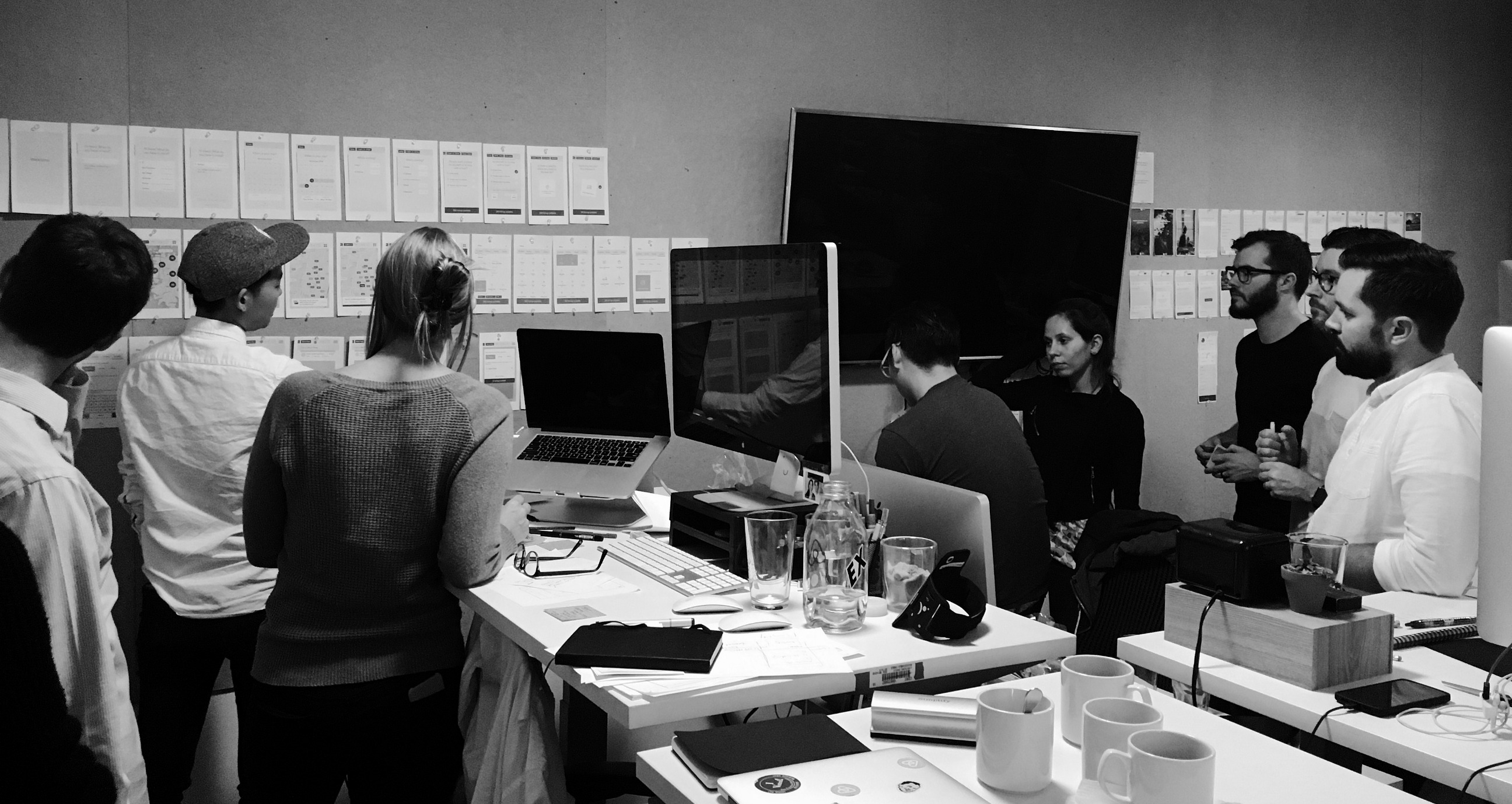My privilege is my blind spot
I’m privileged by my background, education and my career. And with it, I am blind to the experiences and prejudices endured by some others. I don’t know everything there is to know about this world. It’s my responsibility to be constantly examining my bias and challenging my influence.
To design a world that is more open and accessible for everyone, my job is to listen, to read, to engage, to involve and to always do better. I am part of a community responsible for advancing technology and design for everyone. At times, I will get it wrong but I’ll always keep trying.

